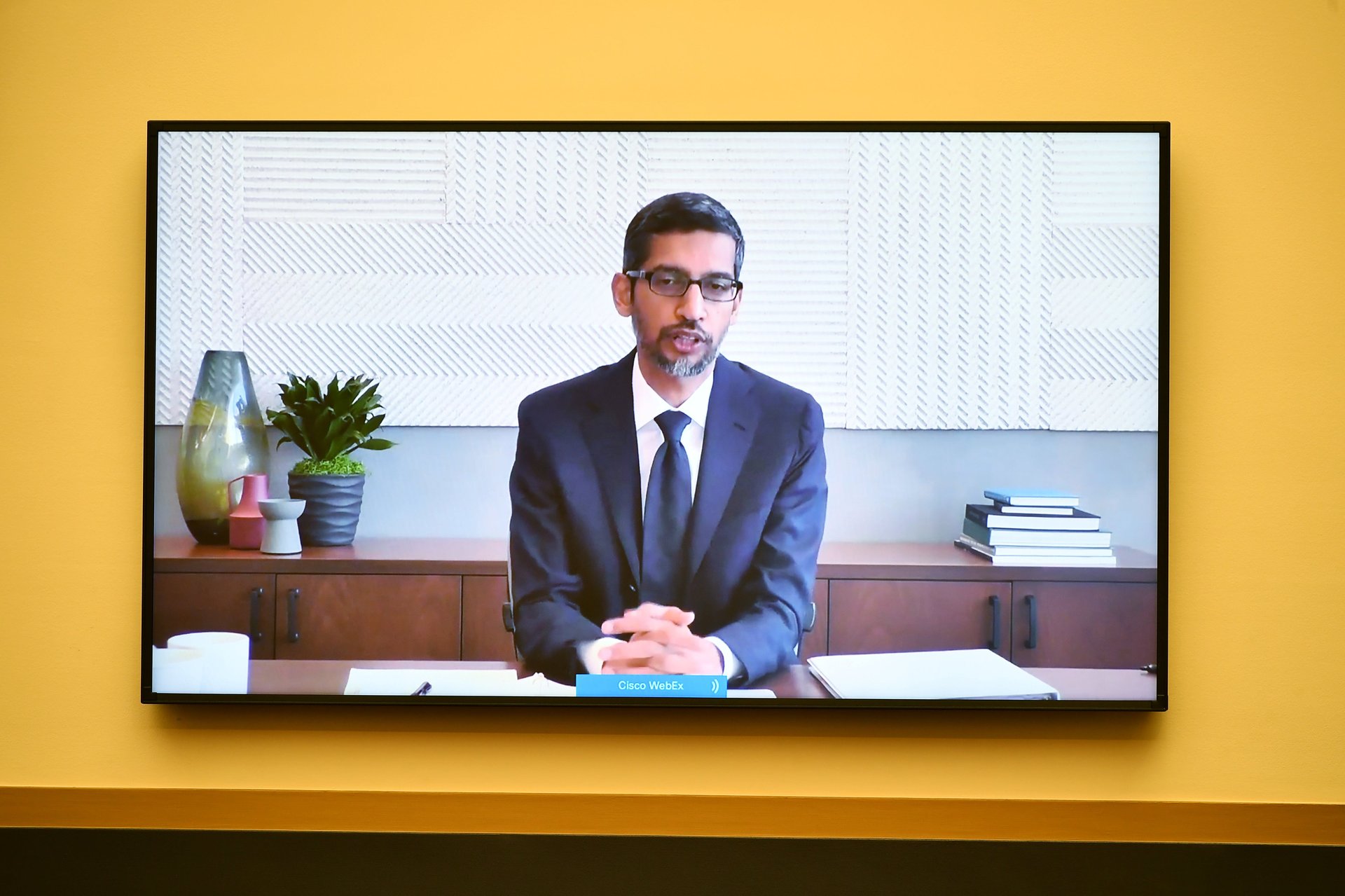The single, simple rule change that could force tech platforms to compete
The Democratic leaders of the US House of Representatives Judiciary Committee released a 449-page report this week alleging a lack of competition in digital markets. The report proposes countless remedies, including specific suggestions for Google, Amazon, Apple, and Facebook. But one recommendation stands out for its simplicity and potential efficacy.


The Democratic leaders of the US House of Representatives Judiciary Committee released a 449-page report this week alleging a lack of competition in digital markets. The report proposes countless remedies, including specific suggestions for Google, Amazon, Apple, and Facebook. But one recommendation stands out for its simplicity and potential efficacy.
The big tech companies have strengthened their positions by acquiring lots of smaller companies, the report argues, and “It is unclear whether the antitrust agencies are presently equipped to block anticompetitive mergers in digital markets.” The report suggests a simple policy change to fix that:
“Subcommittee staff recommends that Congress consider shifting presumptions for future acquisitions by the dominant platforms. Under this change, any acquisition by a dominant platform would be presumed anticompetitive unless the merging parties could show that the transaction was necessary for serving the public interest and that similar benefits could not be achieved through internal growth and expansion.”
This idea isn’t new: In merger review, it’s known as “structural presumption.” Back in 1963, the US Supreme Court established in United States v. Philadelphia National Bank that certain mergers should be presumed to be anticompetitive, based on the market share of the companies seeking to merge.
“You’re looking at the United States in the aftermath of World War II, looking at the rise of concentration in Europe, really warning that we want to avoid that,” explains Maurice Stucke, a law professor at the University of Tennessee and the author of Competition Overdose.
The presumption that certain mergers were anticompetitive and so should be blocked helped judges avoid digging through complicated economic questions in cases where, it was believed, the answer was fairly clear-cut. The Court believed it “should not ramble through the wilds of economic theory,” says Stucke.
That presumption held through the 60s and 70s, but started to change in the 80s as the law-and-economics movement popularized the idea that judges should be considering complicated economic questions in making their rulings—including on questions of antitrust. “What happened was [that] in other contexts a conservative Supreme Court began rambling through the wilds of economic theory,” says Stucke.
Current US merger guidelines still contain a version of the presumption created in 1963, but it has become less stringent over time and today it amounts to a recommendation that courts apply extra scrutiny, not a shift in the burden of proof.
The result is that lots of harmful mergers are approved, argues John Kwoka, an economist at Northeastern University who has researched mergers in concentrated markets. These mergers give the acquiring firm more power over their market and ultimately result in higher prices. Fiona Scott Morton, an economist at Yale, reached the same conclusion in a review of the past decade of antitrust research.
The committee’s report recommends codifying the presumption in law. “What this would do is it would shift the burden,” says Stucke. “So now the burden of proof is on the merging parties to show the transaction was necessary for serving the public interest—they would have to show that this merger is competitive.” Doing so would make it harder for large tech companies to buy up potential competitors, as Facebook did with its acquisitions of Instagram and WhatsApp.
Unlike policy ideas that are specific to tech, codifying the presumption against mergers in concentrated markets would also help restore competition across the US economy. Big firms are growing more dominant in most industries and are less likely to be unseated than they once were. Making it harder to buy up smaller competitors could help reverse those trends.
Preventing acquisitions could also make big companies more innovative, according to a team of economists at Duke University and Norwich Business School. “Historically, many large [corporate R&D] labs were set up partly because antitrust pressure constrained large firms’ ability to grow through mergers and acquisitions,” they write in a recently published history of the US innovation economy. “In the 1930s, if a leading firm wanted to grow, it needed to develop new markets. With growth through mergers and acquisitions constrained by antitrust pressures, and with little on offer from universities and independent inventors, it often had no choice but to invest in internal R&D.”
Big US companies do less scientific research today than they once did. The major tech companies do invest significantly in research and development—in 2018, Amazon and Alphabet were first and second, respectively, in global spending on R&D—and they publish more in scientific journals than most companies. But their scientific publishing hasn’t grown in line with their revenues. At Microsoft and Alphabet, the two biggest scientific publishers of the big tech firms, scientific publications per $1,000 in sales peaked in 2009 and has since sharply declined.
Big firms’ ability to buy up innovation without doing it themselves has a precedent in the US, and not one that is favorable to the tech companies. In the late 19th century, US railroad companies mostly eschewed doing research, choosing instead to buy up patents from smaller firms or individual inventors. The success of their strategy helped kick off the original antitrust movement.